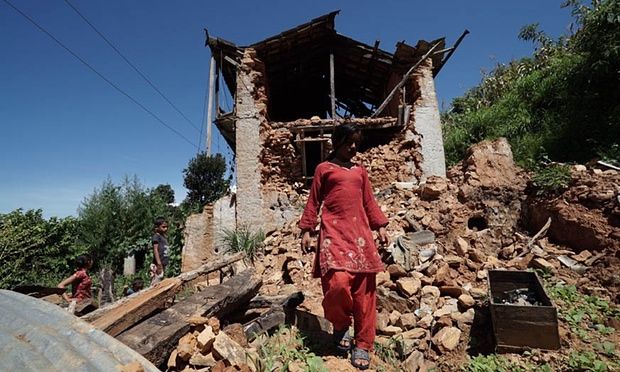One year on, fear of earthquake continues to haunt people
KATHMANDU: The fear and trauma of the massive 7.6 Richter scale earthquake which struck Nepal on April 25 continues to haunt the general public even a year after, as aftershocks continue to hit as of this day.
Nepal is placed at the 11th position in the world among the countries most prone to the recurrent temblors. Nepal itself was created with the collision of the two giant tectonic plates – the Euro-asian plate and the Indian plate – which continue to collide.
"Nepal is a country prone to earthquake, a big earthquake creates many fault lines and also inflicts a huge loss of life and property," said Lok Bijaya Adhikary, Chief of National Seismological Centre.
The great 8.3 Richter scale earthquake of 1934 had its epicentre in Sankhuwasabha and it killed 8,519 people. It created a fault line in an expanse of 200 km area.
A magnitude 6.9 earthquake which struck in 1988 killed 721 people. In last year's earthquake, around 9,000 people were killed and more than 22, 000 injured and many with permanent disabilities, as per a report of National Planning Commission (NPC).
"Nepal is a country prone to earthquakes, earthquake itself is not a danger, but our structures are weak," geologist Dr Somnath Sapkota said.
Sapkota added that the 21 Seismic Stations under the Department of Mines and Geology were not enough to carry out other works than measuring the earthquakes, so that around 100 temporary stations were established along the area stretching from Gorkha to Ramechap to record the aftershocks.
Tourism entrepreneur Prachandaman Shrestha said the government should identify the areas with weak soil as the structures in such areas had collapsed whereas the structures in surrounding areas with stronger soil remained intact.
The reconstruction works and rehabilitation of the quake survivors is yet to move forward in full swing a year after the earthquake which struck at 14 districts of the central region of Nepal.






